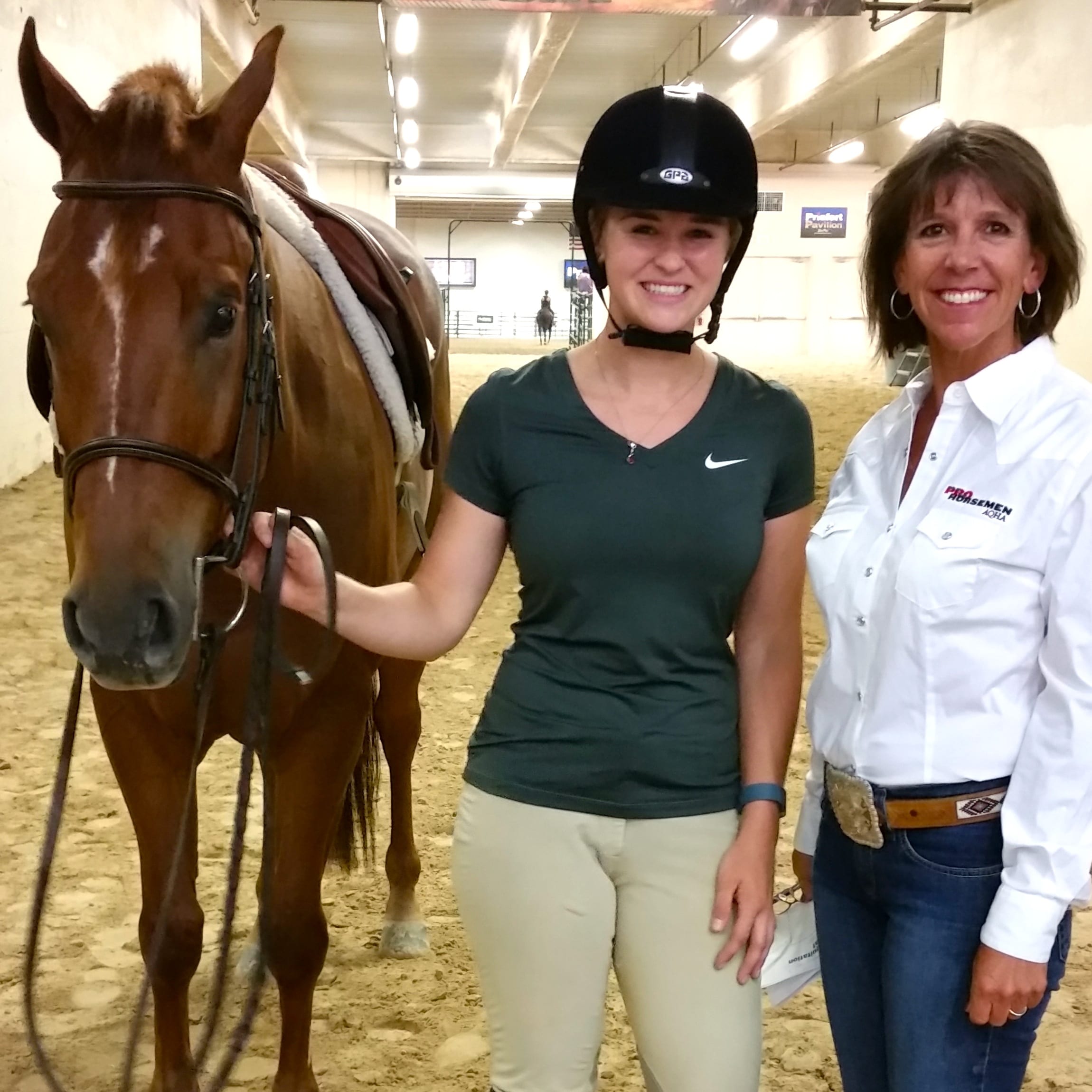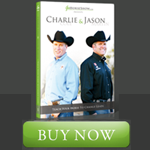The trainer with gray-streaked hair peeking out under his hat stepped down from the young horse and walked with a slight limp as he led him toward the barn. “Are you done riding already?” asked the owner in a surprised tone as she rose from a sitting position. “Yes,” the trainer stated emphatically with a smile that was creased with wrinkles from many years of working in the sun. He patted the horse softly and explained, “He tried hard today and he showed progress from yesterday. What I want him to do, which is learn to balance his body, will take time.”
“I’m not the trainer I used to be thirty years ago,” he continued as they walked back to the barn. “I’m not even the trainer I was five years ago; I’m a lot more patient, and I’ve learned to use more finesse. Experience has changed my perspective a lot after working with so many horses over the years.”
Julius Caesar once declared that “experience is the teacher of all things” long ago, but his statement has stood the test of time. Know-how still has a great deal of appeal in the twenty-first century. After all, who does not want access to a skilled doctor, hairdresser, builder, or horse trainer?
While the young apprentice and junior trainer continues to fill a desirable and respectable role, the experienced trainer has a perspective earned only by time, knowledge, and perhaps some hard knocks. Read on as three of the industry’s best reveal how they’ve changed, yet they also disclose what has stayed constant from the very beginning of their careers.
The Influences of Industry
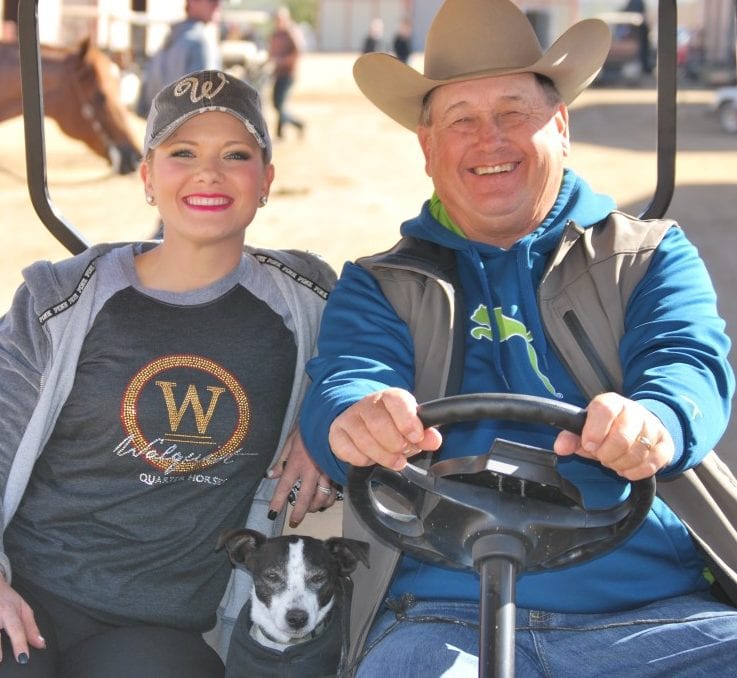 The evolution of the sport of showing horses has changed with the times, just as other elements of society have advanced. Like any profession, the horse trainer has to stay current along with them.
The evolution of the sport of showing horses has changed with the times, just as other elements of society have advanced. Like any profession, the horse trainer has to stay current along with them.
Bruce Walquist of Cleburne, Texas first began with success in the halter industry and later focused his talents on western pleasure and western riding horses. He says training is definitely more technical than it used to be.
“There’s a lot more control of the animal’s legs and body today than 30 years ago,” the AQHA World Champion trainer tells us. “The training techniques have come about because of what is required to be competitive in the show pen. Today, we have more influence on our western horses from the dressage side. We have learned to move the horse’s body into a different position to enhance its ability to perform the maneuver you’re wanting.”
 Walquist offers an analogy for perspective: “A good comparison would be figure skaters; it used to be that doing a few spins was phenomenal, but now they are expected to do so much more because they’ve learned more.”
Walquist offers an analogy for perspective: “A good comparison would be figure skaters; it used to be that doing a few spins was phenomenal, but now they are expected to do so much more because they’ve learned more.”
Halter trainer Buddy Laney who is the Farm Manager at Linda and Gary Gordon’s Fossil Gate Farms in Argyle, Texas, agrees that times have changed in the halter…and for the better.
“The feed has changed, the veterinarians are better, the horse trailers are better, and all of them updated with the times and technology,” Laney reveals.
When the feed ‘em and lead ‘em culture was over, the trainers learned how to deftly produce a better show horse. Laney explains that “The soft horses are out and it’s no longer ‘the bigger the better.’ It takes a little more finesse, and a little more correctness, along with a sound and fit horse. The quality (of the halter horse) is so much better now, and we’re so much more knowledgeable about how to produce that, it has kind of gotten down to a science,” he says.
First-Hand Experience
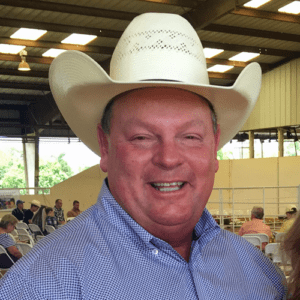 One thing they have all learned through experience is the importance of educating themselves and using their peers as teachers.
One thing they have all learned through experience is the importance of educating themselves and using their peers as teachers.
“Education is the biggest thing – you have to educate yourself enough to fit horses, and keep them healthy and in a routine, much like people going to a gym,” Laney explains.
“When you stop learning, you stop growing,” adds Deanna Searles, an all-around trainer at Circle S Ranch of Scottsdale, Arizona. “That’s part of the fun of it, too – I’ve always viewed training horses as such a growing opportunity. The other trainers and I all learn from each other, and we’re all competitive but we’re good friends.”
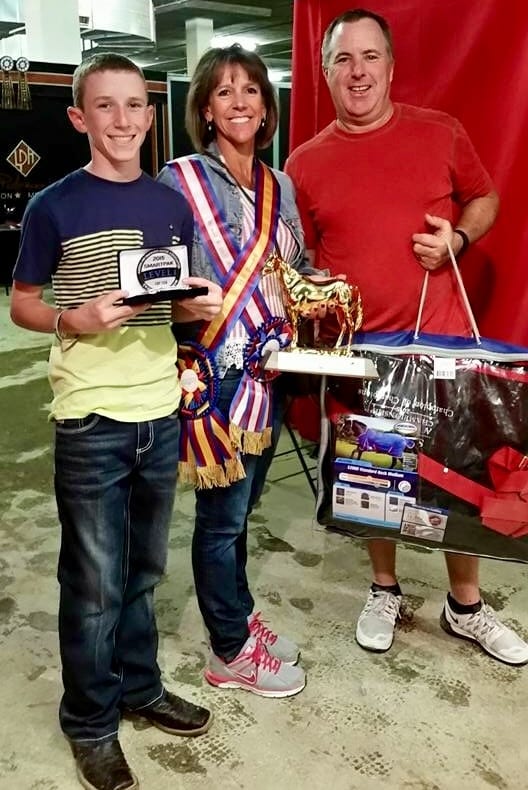 Her training partner and spouse of 26 years, Jim Searles, is an accredited AQHA judge, which has been an additional learning experience for both of them. “That aspect of the industry has us looking out beyond the little circle we were in before,” Searles explains. “You see and ride from a different perspective, because you know the judge may only see you for a few strides instead of the whole way around, and it gives you a more respect for the men and women inside the arena.”
Her training partner and spouse of 26 years, Jim Searles, is an accredited AQHA judge, which has been an additional learning experience for both of them. “That aspect of the industry has us looking out beyond the little circle we were in before,” Searles explains. “You see and ride from a different perspective, because you know the judge may only see you for a few strides instead of the whole way around, and it gives you a more respect for the men and women inside the arena.”
Walquist agrees that a necessary element of thriving as a trainer involves learning from others. “Much of what I’ve learned has been because of other trainers, even if we are just talking with each other. Most of us are very willing and able to give information to each other and to our students. I’ve had to get more technical with my teaching with the youth and amateurs, and it has required me to be more deliberate and precise on what I tell a person to do with the horse to get the results needed.”
Like the older trainer with the young horse, they’ve also learned more patience and finesse. “I’m not sure if we have changed things so much as we’ve gotten older and wiser and more patient, which comes from experience,” admits Searles. “As we’ve gotten older we know we can sometimes have schooled and schooled, and we can go to a show and it’s still not right.”
Searles continues, “We realize at times you have to back away and start again. That is a lesson we’ve learned – that ‘stuff’ just happens no matter how hard you’ve prepared, and that’s okay. That’s probably the most frustrating part, but that’s life with horses, whether they or you have a headache that day. You’re still dealing with a whole bunch of different elements, but you have to accept that and know it might happen the next time, and keep positive by realizing you can’t control it all.”
The Timeless Elements
 For every trainer, however, certain values and philosophies have stood the test of time.
For every trainer, however, certain values and philosophies have stood the test of time.
“I’ve always been hands-on and that hasn’t changed,” reveals Laney. “I want to feed my own and work my own when I can. You can’t know your horses if you don’t live with them. You’ve got to know how when one gets off their feed, how much they can take that day, and how they feel that day. There are no shortcuts. Everybody wants to change this and do that, but nothing but hard work can make it happen.”
In the same way, hard work still applies to Walquist’s program of all-around horses. “A broke horse is a broke horse; that has never changed and it never will. The foundation has to be there, and that foundation results in a great horse,” he explains. “But the foundation and the training, such as teaching them to get supple with their bodies, and give their faces has not changed; we just do it to a higher degree.”
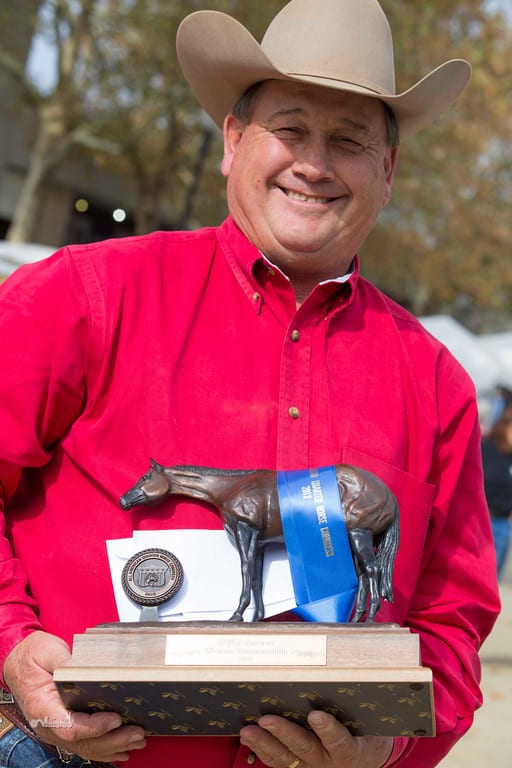 Walquist has found that timeless work ethic definitely complements what has changed in his program, however. “My philosophy hasn’t changed much, but my attention to detail has; in the beginning, we didn’t have to be as precise. For example, before in western riding, you could go through and get all your lead changes and be a success, now it has be a great loper, too. Today in the horse show world you have to pay attention to details, no matter the event, because that’s what sets you apart.”
Walquist has found that timeless work ethic definitely complements what has changed in his program, however. “My philosophy hasn’t changed much, but my attention to detail has; in the beginning, we didn’t have to be as precise. For example, before in western riding, you could go through and get all your lead changes and be a success, now it has be a great loper, too. Today in the horse show world you have to pay attention to details, no matter the event, because that’s what sets you apart.”
Searles’ work ethic plays a huge part of the balance they have found in their program, too.
“As much as we can get burned out,” Searles continues, “so can the horses, and to win in the show pen, it takes a lot of practice along with a horse with a good mind. We work them hard and give them plenty of breaks and down time to keep their minds fresh as well as our own. It’s a partnership, and the well-being of horses has always been one of our highest intentions.”
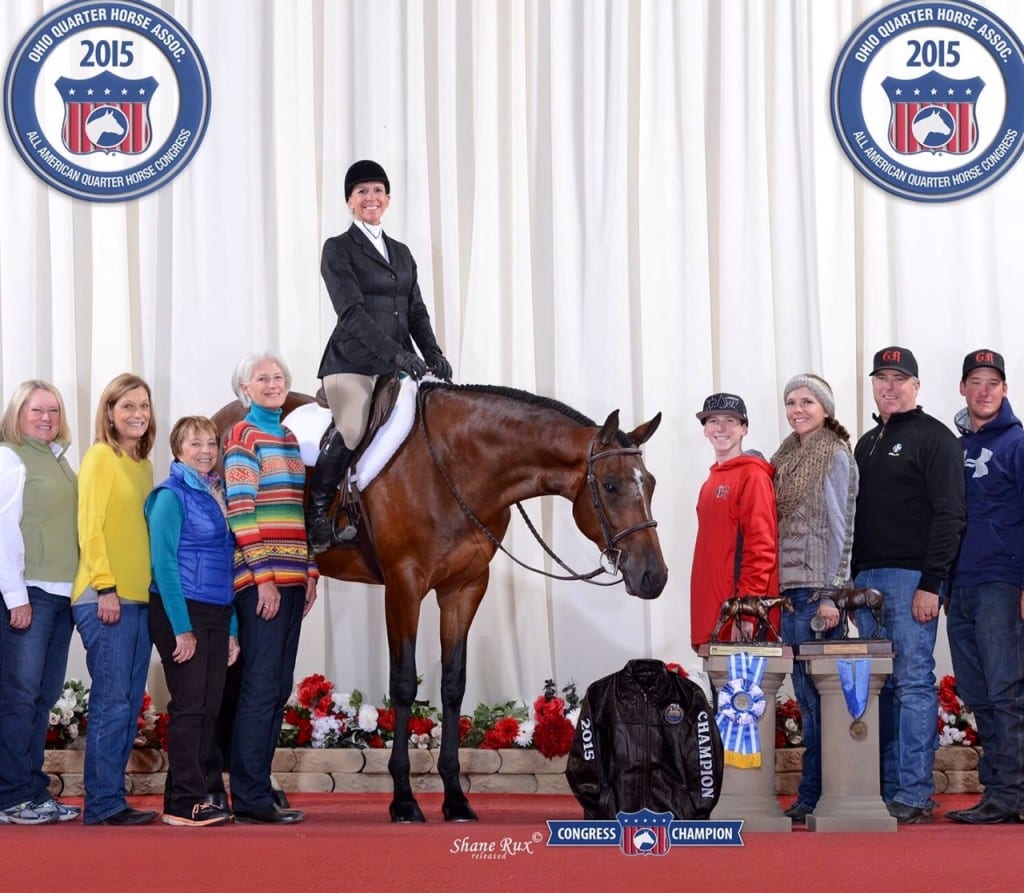 She explains that the care of the customer has also been a primary focus, a philosophy was taught to her by her parents who brought her up in the business. “Our customers have been with us 25 or 26 years, and I think that says something about trying to be respectful and having fun. It’s a serious business but it’s their hobby and they need to enjoy it, win lose or draw. That’s a lesson we’ve learned throughout our time in the horse business – work hard, and play hard.”
She explains that the care of the customer has also been a primary focus, a philosophy was taught to her by her parents who brought her up in the business. “Our customers have been with us 25 or 26 years, and I think that says something about trying to be respectful and having fun. It’s a serious business but it’s their hobby and they need to enjoy it, win lose or draw. That’s a lesson we’ve learned throughout our time in the horse business – work hard, and play hard.”
Times have changed and progress has given us better tools to care for our horses, and trainers have found they have had to transform their programs to some degree. Yet the things we cherish about the world of horses, like dedication, hard work, and a commitment to having fun with our horses, have not left the trainers’ hearts or ours, and that’s truly good news.


